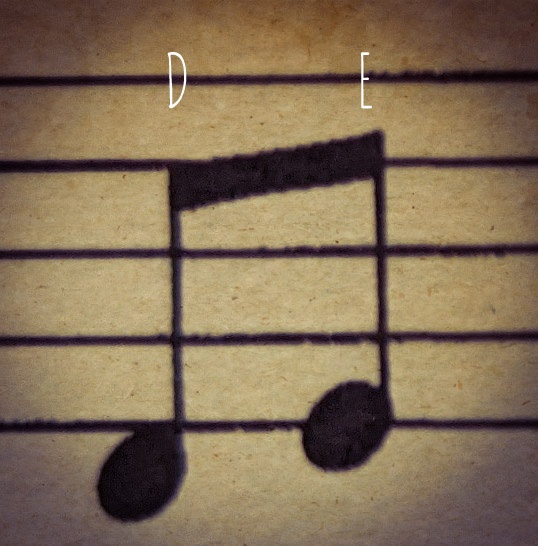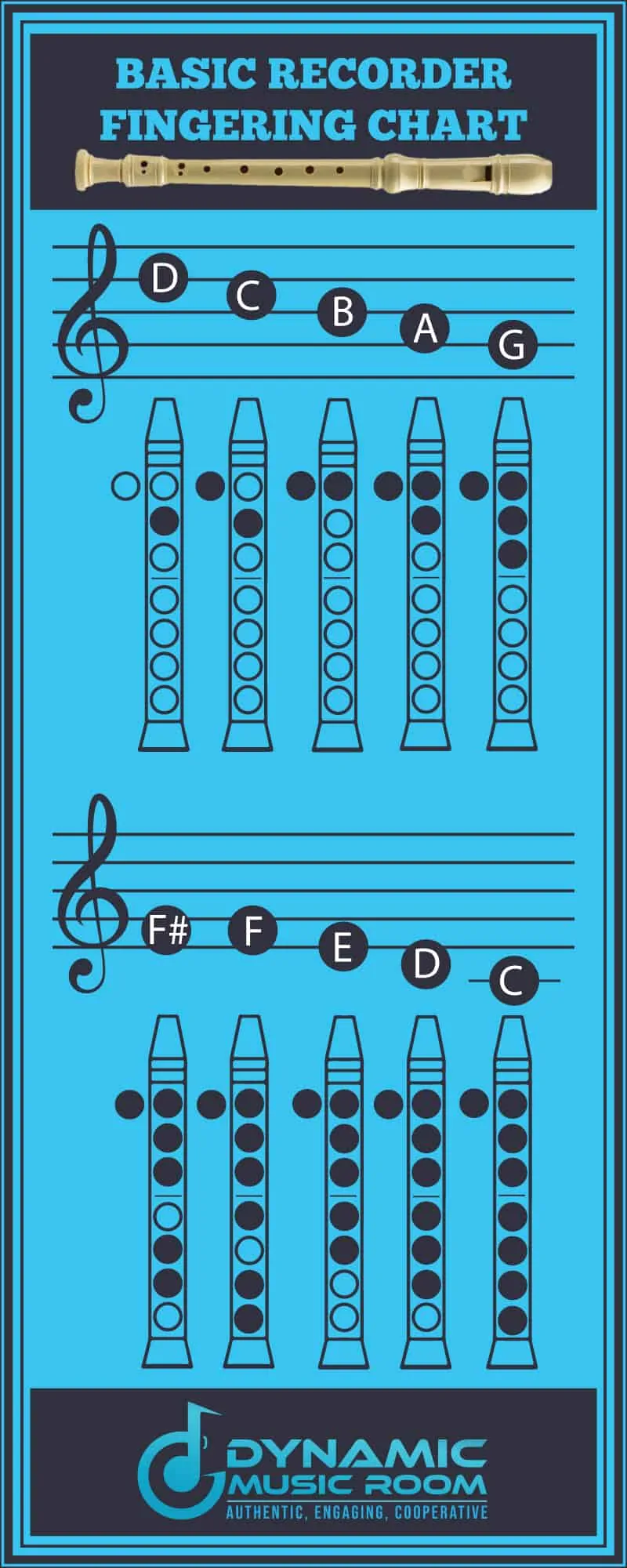
The next two notes in the recorder learning lineup are low D and low E (hereafter referred to as just D and E in this post – there are also high versions of the notes), and while the fingering for both is arguably easier than for F, they still pose their own challenges…but surmountable ones.
Both D and E are easy on the ear, as low-pitched notes, and are also – at least in theory – reasonably easy to finger: D requires covering all but the last hole and E requires covering all but the last two holes.

It sure sounds easy, but it can be surprisingly tricky transitioning from D to E or vice versa; quite frankly, I think part of the challenge is that both are newly-learned notes and the corresponding neural pathways have yet to be established. The remedy? More practice, of course!
For me, at least, a particular challenge for these notes is the breathing – incorrect breathing means squeaky, nails-down-the-chalkboard sounds, so I find that I have to really watch the airflow in a way that I don’t with the other notes I’ve learned so far (with the exception of G, which can also go frightfully sour with incorrect breathing or air leakage around holes).
The trials aside, an exciting aspect of learning D and E is that there are new and familiar (!!) pieces to play, like “Up On The Housetop” and “Swing Low, Sweet Chariot”. These classics are especially helpful because I know what they should sound like. It can be a bit frustrating to play an unfamiliar piece and wonder, afterward, if that’s really how it’s supposed to sound.
Learning D and E also means that I can play the folk song “Red River Valley” now, too…and when I do, it reminds me of the many westerns I’ve watched where a cowboy has played the piece on his harmonica. I particularly enjoy playing this piece – so plaintive – and, on the soprano recorder, it does sound like a little like a harmonica to me. Imagine sitting around a campfire at the end of a long and dusty day driving cattle, looking forward to getting to your destination…
Sometimes, transitioning from F to D or E can be embarrassingly inelegant as my fingers are still learning to leave that F key and find the proper holes for the other two, but it will become more natural with practice. And while some practice days are better than others, each offers the opportunity to train my brain to recognize and find those notes increasingly more quickly. At times, it happens almost reflexively.
As an adult learner, I embrace practice in a way I didn’t as a youth, appreciating its value and simply making it a part of daily life; I don’t “carve out” time for practice because I look forward to it and would practice multiple times a day if I could. I think I must be improving, too, if the dogs’ reactions are any indicator!
